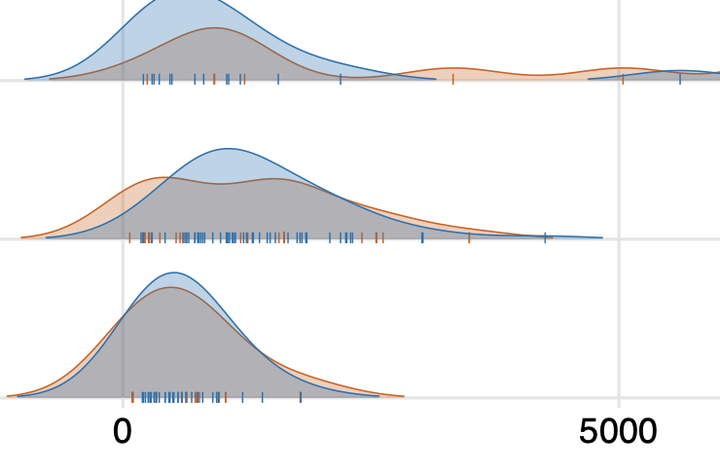Rooting zone water storage capacity

A pre-print is published on BiorXiv: Stocker et al. (2021).
Global maps of estimated rooting zone water storage capacity and rooting depth is available on Zenodo.
Link my vEGU2020 presentation on this project here.
Summary
Rooting depth governs plants' access to water during dry (rain-free) periods and is thus a key variable determining the sensitivity of transpiration and carbon assimilation to soil moisture drought and land-climate coupling during drought and heat events. Plant rooting depth variations of two orders of magnitude have been recorded across the globe and a substantial portion of this variation appears within species and functional groups. This suggests that plant rooting depth is a relatively plastic “trait” that may adjust to the local environment and soil hydrology and possibly also to temporally changing climatic conditions. Yet, plant rooting depth is commonly treated as a fixed parameter in global vegetation and climate models, specified for each plant functional type. How can respective trait flexibility be introduced in such models?
Approaches to explain these large variations have focussed on the depth of the local water table as a constraint on the maximum rooting depth (Fan et al., 2017), on the mean seasonality and synchrony of precipitation and radiation (Gao et al., 2014; Schenk et al., 2005), or on optimality principles for balancing the trade-offs between the benefits of deep rooting and their associated costs (carbon used for root construction and respiration and maintaining water transport along the entire soil-root-leaf pathway) (Kleidon and Heimann, 1998; Schymanski et al., 2009).
Here, we follow the approach by Gao et al. (2014), assuming that plants’ rooting depth is adjusted to sustain cumulative water deficits (precipitation minus evapotranspiration: P - ET) of a magnitude, corresponding to an event with a return period of N years, where N is a global constant. The water deficit is determined using daily reanalysis data of precipitation, while ET is estimated from remotely sensed vegetation cover and observed radiation, and from simulated stomatal responses to observed vapour pressure deficit across the globe for the past 35 years. Cumulative water deficits are translated into a “soil drying depth” using information on soil texture and its estimated water holding capacity.
Our results reveal a global pattern of plant rooting depth, adjusted to the apparent cumulative water deficit during rain-free periods, peaking at intermediate aridity, where dry periods are long, radiation is high, and vegetation cover is substantial. A comparison to biome-level distributions of observed rooting depths indicates that the control by the cumulative water deficit, embodied in our model, is a powerful driver of variations between biomes. Shallowest rooting depths are observed and modelled in boreal forests and alpine meadows, while deepest rooting is observed and modelled in xeric forests. Stomatal response to dry conditions appears to be an important mechanism that mitigates the necessity for deep rooting, particularly in broadleaved tropical and temperate forests. Our analysis also revealed challenges in bridging the scales of observations and our global-scale model, possibly due to small-scale heterogeneity in soil water availability driven by the topographic setting.